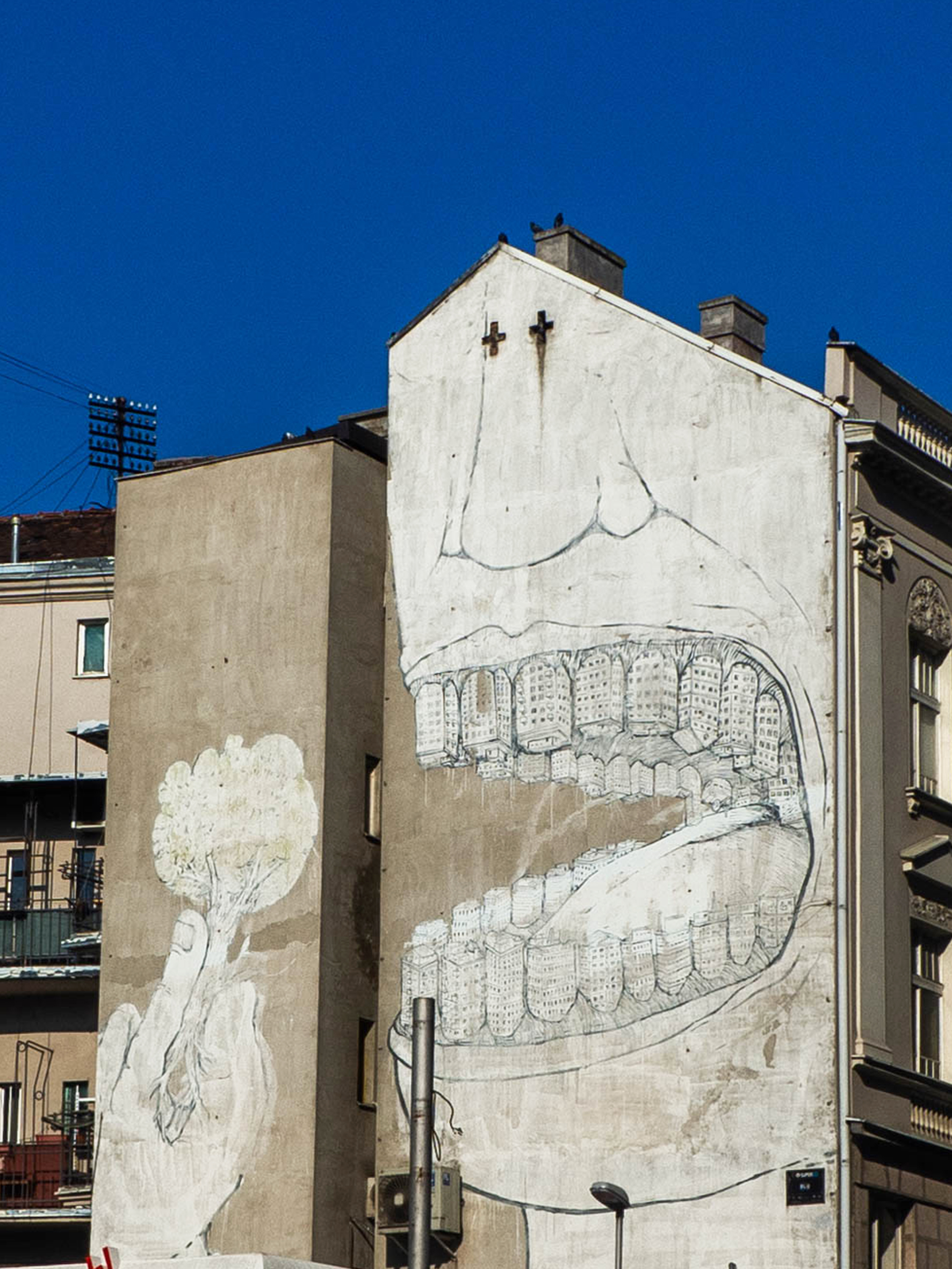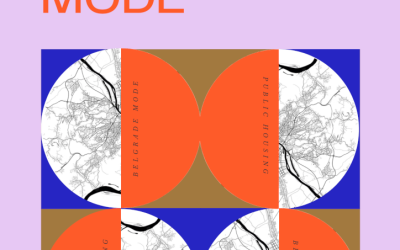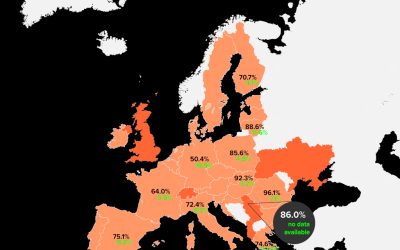Atlas of Urban Mythologies
Chapter Belgrade
Saturday, May 13, 2023., 18.00
→ CCB, Art Gallery, Knez Mihailova 6
Authors: Francesca Cocchiara and Sergios Strigklogiannis, LINA Fellows
‘Urban Mythologies’ is inspired by Athens, a city where history, myths, but also critical urban issues coexist. During the crisis, we noticed how mythology and the power of narratives were, on one side, exploited by the tourist industry, and on the other how they were used as a tool for reclaiming the right to the city. These observations, and the belief that narratives help to understand complex contemporary urban realities and to reveal otherwise invisible socio-spatial issues shaped the idea of ‘Urban Mythologies’, an awareness-raising writing project which through myths intends to explore some of the most pressing urban problems in different cities.
‘Urban Mythologies’ derives from the interconnection of three elements: the urban issues, the local narratives, and the theoretical framework. The writing project aims to highlight some of the urban issues such as everyday life struggles in the city, the spatial manifestations of urban memory, gentrification, touristification, spatial injustice, invisible urban poverty, the threats of urban commons, and the environmental criticalities of contemporary cities. As for myths, they are used in a broader sense meaning the actual mythology of the city, tales or stories, urban narratives – dominant or bottom-up – and also collective imaginaries of urban geographies. A collection of chapters dedicated to different European cities will compose the ‘Atlas of Urban Mythologies’.
Chapter Belgrade
As one of the selected cities for the Atlas, Belgrade is studied through the lens of the ‘Understanding City Growth’ topic of the 18th Belgrade International Architecture Week.
Within the framework of the BINA residency program, we had the opportunity to explore some of the main urban issues, as well as local myths, narratives, and folklore stories of the city. By understanding the history of the city’s development we came to the conclusion that the main peculiarity of Belgrade is that it is multilayered. Its urban fabric reflects diverse periods of history and also urban growth strategies or tactics: the expansion of the new Belgrade in the socialist era; the European historical center; the chaotic growth of the city to the east; the culture-led transformation of neighborhoods such as Savamala. The balance of Belgrade’s various and co-existing identities, which witnessed the evolution of the city until today, is now endangered by the neoliberal approach of the Waterfront Project which is paving the way for mega-projects to be the new market-driven attractive force of the city’s development.
This threat is transposed in the chapter of the Atlas as the main subject of a fictional dialogue among mythical characters: we imagine the city as an urban theater, where saints, monsters, giants, ancient gods, spirits, and natural elements are discussing the upcoming radical transformation of the city. This choral narration is metaphorically used to open up critical questions concerning the future of the city, make it visible, and raise awareness of the risks of spatial injustice caused by capital-led urban growth.








